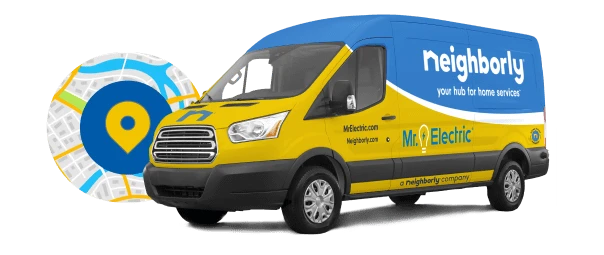
Mr. Electric explains the best way to upgrade to LEDs for energy savings and improved lighting.
|
2017 is dawning bright, shiny, and definitely new, post-election. Incandescents have now been effectively phased-out nationwide, and as the past dims alongside your dusty old bulbs, it’s also time for a change in your home: Upgrading to LEDs.
A brighter future
Using 75 percent less energy and lasting 25 times longer than traditional incandescents, LEDs beat out CFLs for efficiency by a long shot. Reducing maintenance needs courtesy of longer lifespans to deliver great bang for the buck, LEDs also beat out their spiral-shaped CFL brethren in user friendliness: They contain none of the CFLs health and environmentally damaging mercury, holding a durability that’s second-to-none to outperform in harsh temperatures of either extreme.
Big improvements
When initially released, LEDs emitted a harsh blue light that was a turnoff for many consumers. However now improved color “temperatures” are available, measured in Kelvin (K) and delivering improved ambiance. Grab a daylight-mimicking bulb in the 5,500-6,500K range, keep things cool and bright at 4,100K, go neutral at 3,500K, or warm things up with color temperatures in the 2,700-3,000K range, finding the brightness you need on updated product packaging with lumens rather than wattage measurements:
- 75 watts = 1,100 lumens
- 60 watts = 800 lumens
- 40 watts = 450 lumens
- 25 watts = 200 lumens
Times are a-changing – and prices are a-dropping
Though LEDs have offered years of lasting glow at unbelievable efficiencies, their initial pricing left many consumers in the dark. Fortunately times have rapidly changed, dropping the sought-after tech drastically in price to levels on par with other affordable lighting solutions. Local box stores now offer multi-packs of LED bulbs at a mere $2.50 – or less – per bulb. At those prices, making the switch to LEDs is finally an easy decision.
A “smart” choice
For a little extra green, you also can go the “smart” LED route, programming and operating your bulbs (and their added enhancements) via Wi-Fi from your smartphone, mobile device, or as part of your home automation system. Starter packs typically include 2 or 3 bulbs, and run from under $80 to over $200, depending on features: Dimming, color changing, motion sensors, scheduling capabilities, built-in cameras, speakers, Wi-Fi boosters, and more.
This year’s top-selling LED solutions include…
- Cree Soft White 60W Equivalent ($5+)
A premiere LED bulb manufacturers, the Cree bulb costs less than $5 per bulb, is hyper-efficient, backed by a 5-year warranty, and is fully compatible with dimming switches, offering a combination no equivalent standard LED bulb can touch. - MiPow’s Playbulb Rainbow ($38+)
Doubling as a smart and color-changing LED bulb, this unique bulb offers over 16 million colors (and time lapse settings) via your Android or iOS-driven color wheel choice. Utilizing Bluetooth 4.0 over Wi-Fi, it can operate free of your smart home ecosystem. - C by GE Starter Pack ($70+)
Also Bluetooth-compatible, “C by GE” starter packs include two “C-Life” and two “C-Sleep” LED bulbs, controllable by iOS or Android app capable of running independently of smart home hubs or ecosystems. Separate light settings for the morning, afternoon, and night: Wake up to bright 7,000K light, and doze off to a soft, warm 2,000K. - Phillips Hue Family ($80+)
Best for complete smart home illuminative control, The Hue Starter Kit includes the Hue bridge hub, as well as two standard white LED Hue bulbs for $80, pairing seamlessly with other Philips offerings from light strips to colored bulbs, and allowing you to control up to a mind-blowing 50 Hue lights at once via Android or iOS app.
This New Year, the sky’s the limit when it comes to lighting technology. Light up your future LEDs.

